A lot is about to change in Formula 1, new drivers are coming in, new regulations are bringing in new cars and there are even a few new circuits popping up on the calendar. One thing you’d have thought might stay the same, though, is the way famous teams name their cars.
Now for most sensible teams, such as Williams or McLaren, a new car just means adding one to the number in the previous car’s name. The McLaren MCL33 became the MCL34 in 2019 and that became the MCL35 in 2020.
But Ferrari doesn’t do sensible.
That’s why you won’t be surprised to hear that in that same period, it’s cars were called the SF71H, the SF90 and then the SF1000. What the hell, Ferrari?
This irked me. So I went in search of answers that have since uncovered the sheer ridiculousness of the Scuderia’s naming conventions in F1.
In all, I think there have been at least 10 different naming conventions for Ferrari over its 75-year history in F1. These all fall into five distinct categories, and then it’s all a big old mess of Italian logic after that.
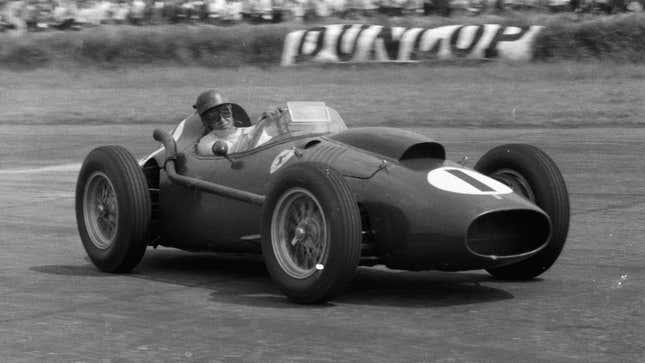
Named After An Engine
Ferrari’s most popular naming convention has been to go after the engines that powered its cars.
This started in 1958 with the arrival of the Ferrari 246 F1. Here, the number relates to the capacity of the engine and the number of cylinders it has. Hence, the “246" in the name means it has a 2.4-liter V6 engine. Nice.
Cars across the ‘50s, ‘60s, ‘70s and even the late ‘90s followed this system. That’s why we had the Ferrari 158 F1 in 1961, which had a 1.5-liter V8, and the Ferrari F310 in 1996, which was the first Ferrari driven by Michael Schumacher and had a three-liter V10 engine.
In the 70s, Ferrari added letters to its names to denote the engine layout. So, the Ferrari 312B of 1970 had a three-liter, 12-cylinder boxer engine. Successive years added an extra number onto the end, hence the Ferrari 312 B2 followed, and was succeeded by the 312 B3.
So far, so good.
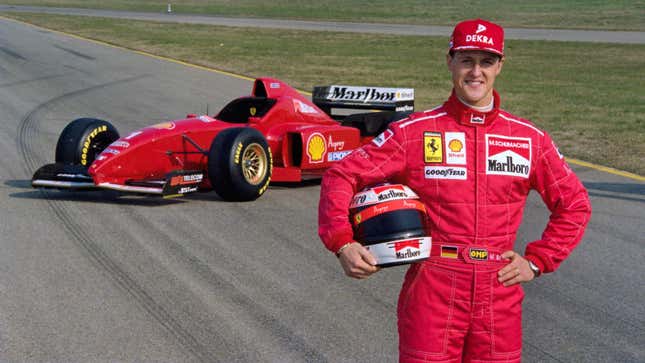
But in 1981 things were changing in Formula 1, and many teams were pioneering ground effect in their cars to maximize downforce. Ferrari wanted to do the same, but found that the boxer engine used in its cars hampered its effect.
So, the team returned to a ‘V’ formation for its cylinders. But Ferrari didn’t resort back to its old naming standards, oh no. Instead, those lovable Italians decided to put the degree of the engine mounting first, followed by the number of cylinders.
Because, of course that makes sense.
Hence, the Ferrari 126C was born – 12 as the cylinders were mounted at 120 degrees and six as there were that many cylinders in the car.

As the team tweaked and improved the 126C over the coming years, it added an extra number onto the end to show successive iterations of the same design philosophy. It was a calm four years.
There was a blip in the 90s when the scarlet team decided to name its cars after the number of valves, followed by the number of cylinders. This brought about 1995's Ferrari 412 T2, which was driven by Jean Alesi and Gerhard Berger, and had a four-valve, 12-cylinder engine with a transverse gearbox – that’s what the ‘T’ stands for.
But despite a long history of cars named after their engines, Ferrari didn’t want to stick with this system.
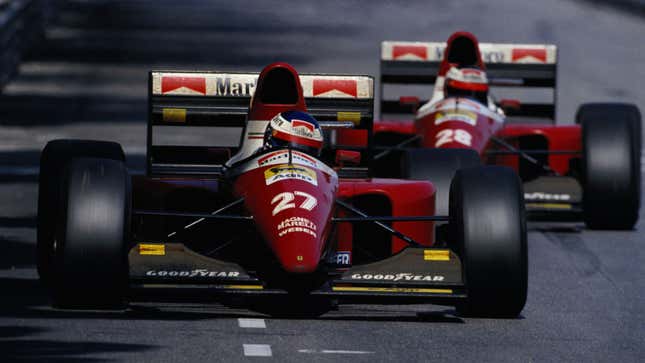
Named After A Year
Instead, the team has also often elects to name its cars after the years in which they raced.
This started in 1985 when the team ran the 156/85, with ‘85' honoring the year. Similar names followed between 1986 and 1988, when cars were badged as the Ferrari F1-86 or F1-87.
Dates also made an appearance in 1993, when we had the Ferrari F93A – a shocking car that gave the team its third consecutive winless season.
The 2000s also saw the team run with cars named after the year. That included the F2003-GA, which added a reference to the death of Fiat founder Gianni Agnelli.
The team has also run with the F2012 and last year’s SF21 – where the SF stands for Scuderia Ferrari.
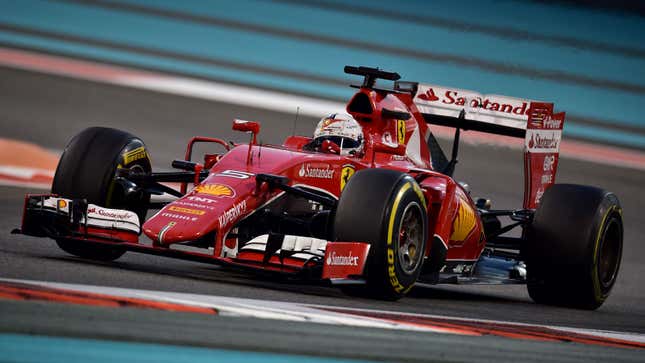
Named After An Engine And A Year
But, what about in the years where Ferrari couldn’t make up its mind? Well, then it went for a mashup of the year and the car’s engine.
That gave us naming freaks like the F399, which had a three-liter engine and raced in ‘99. There was also the F138 in 2013, with the eight referencing its V8 power unit.
The team soon mixed it up once again by bringing letters back to the party. Ferrari’s 2014 car was called the F14T, which referenced 2014 and the turbocharged engine that F1 mandated in its cars that year.
That changed again in 2016, though, with the SF16-H, where the ‘T’ for ‘turbo’ was switched for an ‘H’ for ‘hybrid’. Just because.
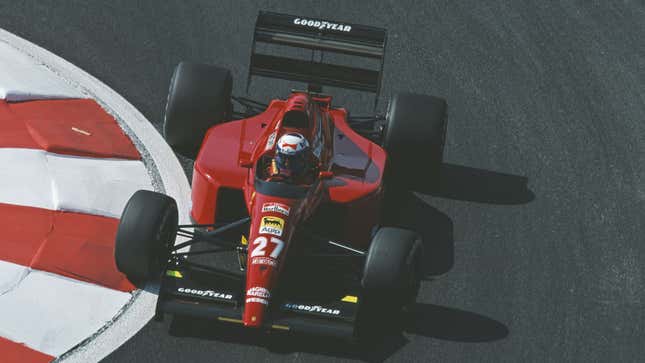
Named After A Chassis
Now, if we look back to the 1990s we uncover a particularly rogue entry into the directory of Ferrari’s weird naming tactics.
From the start of the new decade, the Italian team resorted to naming its cars after their internal chassis codes. That’s a special kind of confusing logic that I’m sure only Ferrari understands.
This gave us the Ferrari 641 in 1990 and the Ferrari 642 in 1991. But this trend was short lived, and the team gave up this system after the 1991 season.
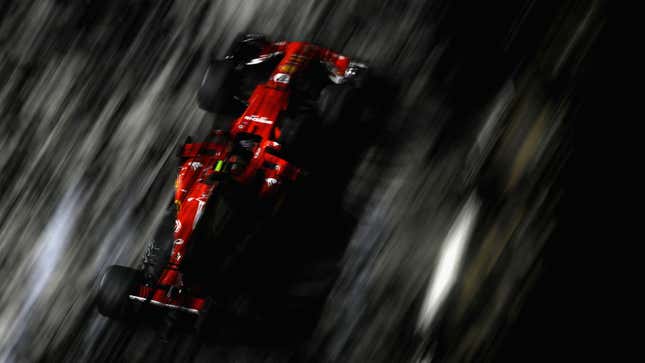
Named After An Anniversary
So, I think that’s enough different systems of nomenclature to cover a 75-year racing career. Maybe Ferrari is ready to stick to one, right?
Wrong. With that many years of racing under its belt, Ferrari has had a fair few milestones to mark. And that’s why it’s often run cars named after special anniversaries.
The first came in 2009 when the team celebrated its 60th year in F1, so named its car the F60. Then, in 2011, we arrive at my favorite naming snafu of this whole trek through history.
To celebrate the 150th anniversary of the Unification of Italy, Ferrari wanted to call its 2011 challenger the Ferrari F150. But, a certain pickup maker in the USA took offense to this and worried people might confuse a sleek, Formula 1 racer with its boxy truck.
That meant Ferrari had to settle for naming its 2011 challenger the Ferrari 150º Italia. Catchy.
Then, brace yourself, Ferrari started hitting some major milestones.
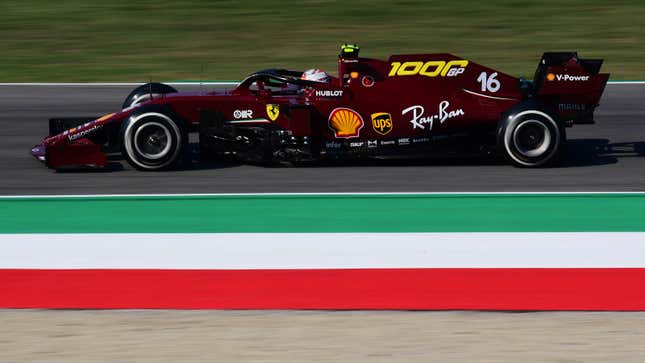
In 2017, Ferrari celebrated 70 years of the company producing cars, so it celebrated that with the SF70H, where ‘H’ again stood for ‘hybrid’. Seemingly, the squad liked this system as the SF71H followed.
In 2019, we had the SF90 to mark 90 years of racing, and 2020 brought with it the SF1000 to celebrate the team’s 1000th Grand Prix.
And that brings us onto this year’s F1 racer, which the team has named to mark the 75th anniversary of the moment Enzo Ferrari fired up the engine of the team’s first production car, the 125 S, in March 1947.
So, you might think it’ll be called the SF75H, to follow the 2017 entrant that marked a similar milestone.
Nope, it’s the F1-75, of course.